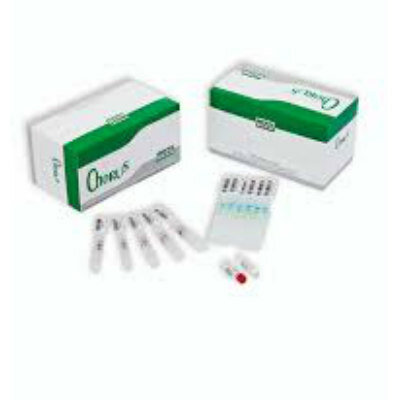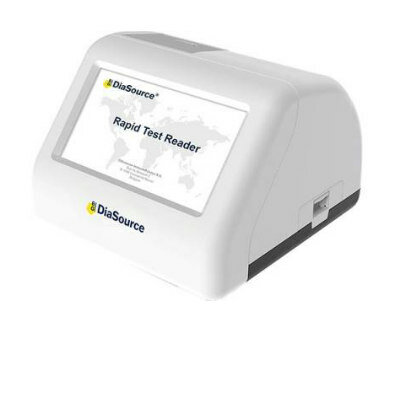Cellular Electricity Exploited for Needleless Gene Therapy
By LabMedica International staff writers
Posted on 31 Oct 2011
Bimolecular engineers have developed, for the first time, a way to inject an exact dose of a gene therapy agent directly into one living cell without a needle. The technique uses electricity to push pieces of therapeutic biomolecules through a miniscule channel and into a cell in a fraction of a second.Posted on 31 Oct 2011
Dr. L. James Lee and his colleagues from Ohio State University (Columbus, USA) described the technique October 2011 in the online edition of the journal Nature Nanotechnology, where they reported effectively inserting specific doses of an anticancer gene into individual leukemia cells to kill them. They have called the approach nanochannel electroporation (NEP).
“NEP allows us to investigate how drugs and other biomolecules affect cell biology and genetic pathways at a level not achievable by any existing techniques,” said Dr. Lee, who is a professor of chemical and Biomolecular Engineering and director of the NSF Nanoscale Science and Engineering Center for Affordable Nanoengineering of Polymeric Biomedical Devices at Ohio State.
For quite a while, there have been ways to insert random amounts of biomaterial into bulk quantities of cells for gene therapy. Moreover, fine needles can inject specific amounts of material into large cells. However, most human cells are too small for even the smallest needles to be useful.
NEP avoids the problem by suspending a cell inside an electronic device with a reservoir of therapeutic agent nearby. Electrical pulses push the agent out of the reservoir and through a nanometer (billionth of a meter)-scale channel in the device, through the cell wall, and into the cell. Researchers regulate the dose by adjusting the number of pulses and the width of the channel.
In their article, they clarified how they constructed prototype devices using polymer stamps. They used individual strands of DNA as templates for the nanometer-sized channels. Dr. Lee devised the technique for unraveling the DNA strands and forming them into precise patterns so that they could work as wires in biologically based electronics and medical devices. But for this study, gold-coated DNA strands were stretched between two reservoirs and then etched away, in order to leave behind a nanochannel of exact dimensions connecting the reservoirs within the polymeric device.
Electrodes in the channels turn the device into a tiny circuit, and electrical pulses of a few hundred volts move from the reservoir with the therapeutic agent through the nanochannel and into a second reservoir with the cell. This creates a strong electric field at the outlet of the nanochannel, which interacts with the cell’s natural electric charge to force open a hole in the cell membrane--one large enough to deliver the agent, but small enough not to kill the cell.
In tests, they were able to insert agents into cells in as little as a few milliseconds, or thousandths of a second. First, they tagged bits of synthetic DNA with fluorescent molecules, and used NEP to insert them into human immune cells. After a single 5-millisecond pulse, they began see spots of fluorescence scattered within the cells. They tested different pulse lengths up to 60 milliseconds, which filled the cells with fluorescence.
To assess whether NEP could deliver active therapeutic agents, they inserted bits of therapeutic RNA into leukemia cells. Pulses as short as five milliseconds delivered enough RNA to kill some of the cells. Longer pulses--approaching 10 milliseconds--destroyed nearly all of them. They also inserted some harmless RNA into other leukemia cells for comparison, and those cells lived.
Currently, the technology is geared for laboratory research, according to Dr. Lee, because it only works on one cell or several cells at a time. But he and his team are working on ways to inject many cells simultaneously. They are currently devising a mechanical cell-loading system that would inject up to 100,000 cells simultaneously, which could make clinical diagnostics and treatments possible.
“We hope that NEP could eventually become a tool for early cancer detection and treatment--for instance, inserting precise amounts of genes or proteins into stem cells or immune cells to guide their differentiation and changes--without the safety concerns caused by overdosing, and then placing the cells back in the body for cell-based therapy,” Dr. Lee added.
Dr. Lee sees future potential applications for diagnosing and treating leukemia, lung cancer, and other tumors. He is working with researchers at Ohio State’s Comprehensive Cancer Center to research those possibilities.
Ohio State University
Related Links:
Ohio State University













